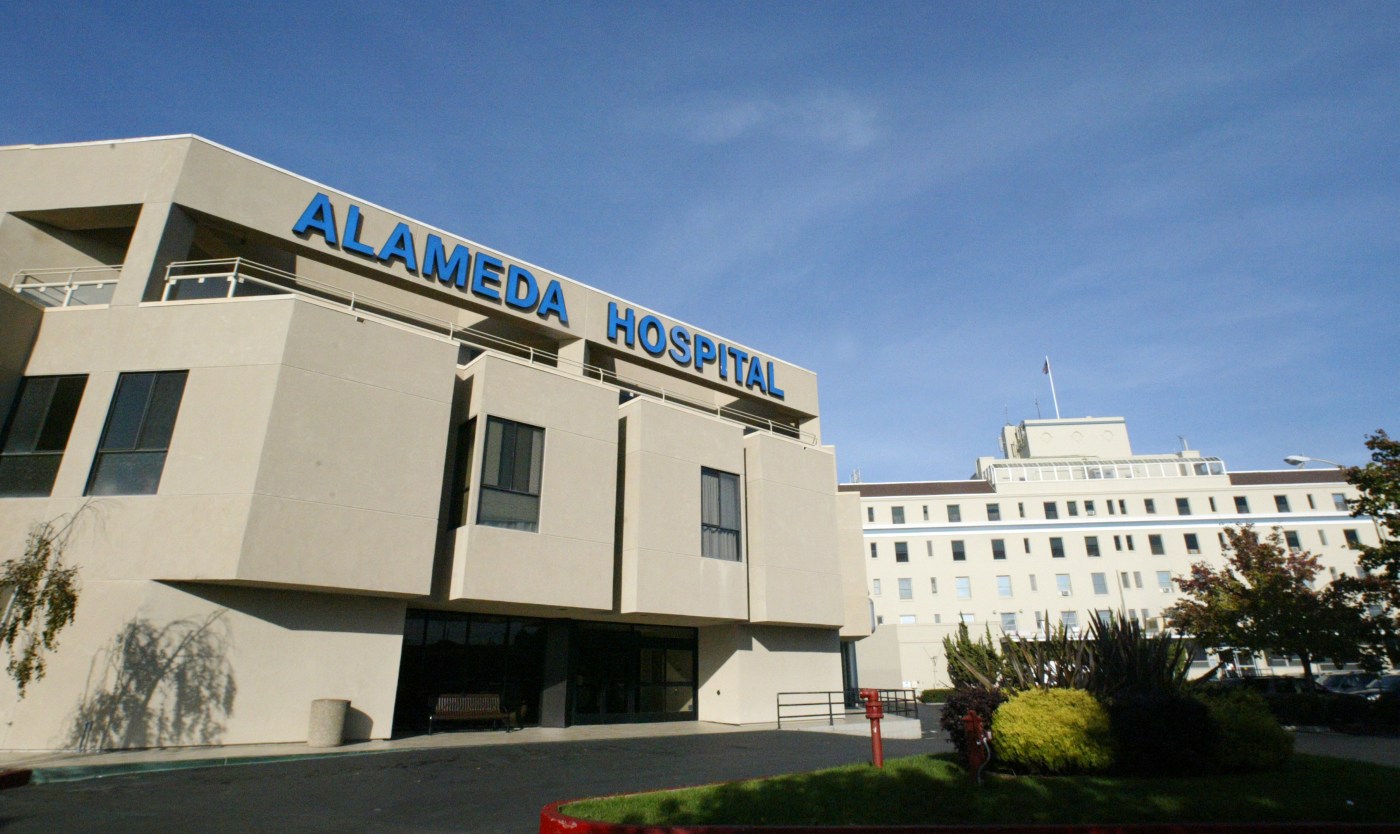
More than three million Californians are expected to lose health coverage in the next several years due to federal Medicaid cuts. At the same time, over half of Californians say they have skipped or delayed care because of rising costs—with nearly half in that group saying their health got worse as a result.
As leaders of health organizations serving Alameda County, Santa Cruz and the Central Coast, we can say unequivocally that these are the two greatest health challenges we’ve faced since the pandemic: Every part of the health system is wrestling with financial uncertainty and reduced access to care on an unprecedented scale.
Related Articles
Supreme Court lets Trump administration cut $783 million of research funding in anti-DEI push
Crypto founder pardoned by Donald Trump turns focus to biohacking
Patient numbers at NIH hospital have plummeted under Trump, jeopardizing care
Google, Stephen Curry ink multiyear health tech deal
How to protect yourself from Vibrio vulnificus, the bacteria found in some coastal waters
Look inward
No matter what lies ahead, the consensus among providers and payors is that we will have to do more with less. As we advocate for funding to support basic care, there are also opportunities to look inward for solutions.
One obvious option is improving the exchange of data to enhance patient care. Evidence shows data sharing can make care more efficient and affordable, while ensuring people receive needed services and delivering better health outcomes. To get there, California needs governance strong enough to match the scale of these new challenges.
More than two decades into the 21st century, far too many health workers still spend hours tracking down health records, chasing charts and faxing information, all while patients return for multiple visits, undergo unnecessary tests and spend too much for care. When health and social services are siloed and disconnected, opportunities are missed to address health issues outside clinical settings from improved nutrition to affordable housing.
Health information exchange offers a path forward: A new California Health Care Foundation report finds emergency departments using data exchange have seen reductions of as much as 25% in CT scans, X-rays and ultrasounds along with shorter stays, lower readmission rates and cost savings of nearly $2,000 per patient. A federally qualified health center in Los Angeles, the Northeast Valley Health Corporation, dramatically improved hospital utilization in the six months after joining a regional data exchange network — cutting emergency room visits for people with asthma by 82% and diabetes patients by more than 85%.
Alameda County’s Social Health Information Exchange improves care coordination and facilitates housing navigation for people experiencing homelessness. When an unhoused resident seeks care at a local hospital, for example, a local data sharing agreement and Community Health Record allows the emergency department provider to see if the client has a case manager or regular source of care to connect with. The same system sends the client’s community-based care provider a secure notification on a need-to-know-basis so they can follow up with appropriate health, behavioral health or housing resources.
State lawmakers clearly recognize data exchange’s potential, creating the state’s first-ever Data Exchange Framework in 2021 to expand information sharing among health care entities, public agencies, and social services.
The more, the merrier
These systems work best, though, when everyone participates. While more than 4,500 hospitals, doctors’ groups, and community organizations have signed the state’s new data sharing agreement, hundreds of providers have yet to comply. Major hospital systems are still using data systems that don’t interact with each other, much less with social services. Workers who see a doctor in Santa Cruz and need services in Salinas leave their health information behind when they cross county lines.
Smaller, rural clinics are struggling to get connected.
The best way forward is stronger state governance and enforcement, which has proved critical to successful data exchange in states like Michigan, Maryland, and New York. These states have created boards to manage statewide data exchange with credible oversight and provider incentives. California, meanwhile, still has few mechanisms to compel participation, resolve disputes or approve new requirements, from protecting privacy to expanding consumer protections. Nor does the state have much recourse when providers don’t follow data sharing rules.
Uncharted waters
In August, administration of California’s data exchange framework was moved to the Department of Health Care Access and Information, a promising step given the department’s successful implementation of programs that increase transparency around health care costs. Now, the state needs to go further, ensuring accountability through oversight of statewide data exchange by experts in data security, privacy and whole person care — with regular, ongoing input from a broad range of health stakeholders and clearly defined enforcement authority.
As our health system enters a period of unprecedented uncertainty, data exchange offers one of the best tools available for doing more with less — regardless of geography, demographics or the patients we serve.
It is a feasible path to more accessible and affordable care. It’s time for California to take it.
Aneeka Chaudhry is interim director of Alameda County Health. Dan Chavez is executive director at Santa Cruz-based Serving Communities Health Information Organization.